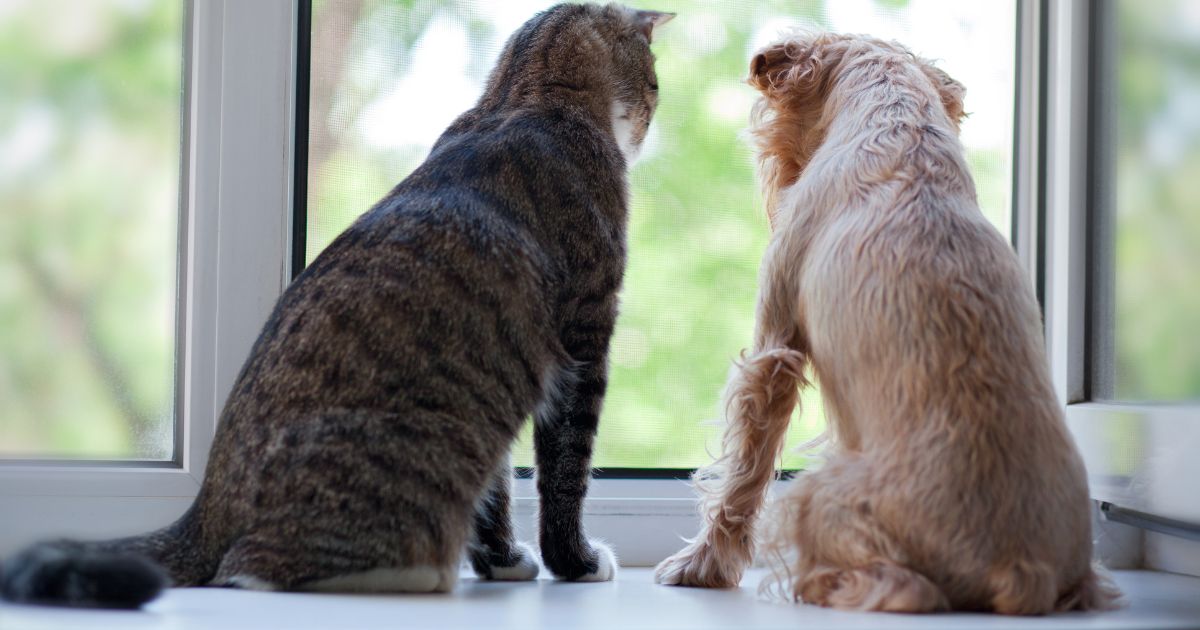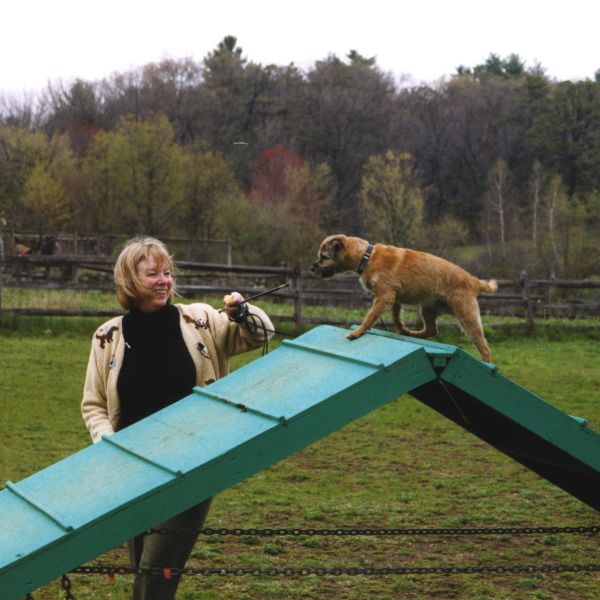
Be my Valentine?
February means Valentine’s Day, a happy time for me as a child. I lived with the principal of our school, Mrs. Sturley, who set up a card table in the parlor so I could spend hours pasting together the paper, lace, stand-up figures, and stick-on hearts and lovebirds to make twenty-one special valentines for my twenty-one classmates. Sometimes I signed mine; sometimes, daringly, I wrote “Guess who?”
Often I also got to help to make my classroom’s special valentine box. The box was covered with pink or red paper and silver or white decorations, with a slot on the top through which the addressed, enveloped valentines could be “mailed” during the days preceding February 14.
Toward the end of Valentine’s Day, the valentines were dumped out of the box (such an abundance!) onto the teacher’s table. Then teacher-appointed postmen passed them around to the rest of us. Theoretically, everyone made a valentine for everyone else so each student received twenty-one. Even so, some children got more, and some got less. So how did the shortages happen? Maybe it was due to the boys? I’m sure not all the boys sat indoors making all the valentines they were supposed to—more likely they made one for the most popular girl or some other favorite, a few joke cards with snappy remarks on them for other boys, and then were out the door.
Girls also had their preferences, and one way to express them was to give valentines only to people you really liked—or, alas, to withhold valentines from people you actively disliked. Those “Guess who?” valentines kept your preferences private, after all.
Animal friends
So what about animal preferences?
So what about animal preferences? There’s a chapter in my book Reaching the Animal Mind about the question of preferences and long-standing, individual attachments between animals, discussing cats and dogs, horses, cattle (surprising, that news), and my own research on wild dolphins. Here’s the opening of that chapter, as my valentine to you:
We are a little presumptuous about individual friendships and preferences among our domestic animals. We assume that because we like each and every animal, they must like each other. A very common complaint of pet owners is that they added a new cat or dog to the household, and friction ensued. These two dogs hate each other. This young cat is pouncing on the old, tired cat with ever-increasing glee. What can the behaviorist or trainer do to stop that? While I sympathize with the issue, I sometimes sympathize more with the pets. Who asked them if they liked this new individual? Perhaps they were never meant to be friends.
Of course our domestic animals can indeed form intense attachments, not just with us (as we perennially hope and assume) but with other animals, both within and across species. Animals, like people, have preferences for other individuals that can only partly be explained by reinforcement, and for which we have no particular evolutionary explanation either.
In about 1985, I acquired my first Border terrier, named Skookum (a Northwest Indian word meaning sturdy and useful, but not beautiful). When Skookum was just a puppy, he spent an afternoon playing with a half-grown German shepherd named Orca. A few months later, Orca and her owner visited my house and Skookum and Orca played again. That was it: two encounters. About three years later, I took Skookum to a lecture by a visiting dog trainer. The room was jammed with people and dogs. Skookum, normally respectably-behaved in public, suddenly went berserk, pulling on his leash, whining, jumping up and down, trying desperately to get me to take him to something across the room.
“Look, it’s Orca, Orca’s here!” Indeed it was Orca. Orca was now a big grown-up search and rescue shepherd, looking very different from her younger self. Alas, she had zero time for him now, but Skookum, in spite of their minimal contact, would never forget her.”
Reaching the Animal Mind, New York: Scribner, 2009. Chapter 6 “Attachments.”
You can insist on good manners; you can’t insist on love.
You can insist on good manners; you can’t insist on love. I think we can reinforce friendly behavior among our pets, and thus reduce bickering. I also think we can give them the right to their own preferences. The tired old cat should have an elevated box to retreat to when she doesn’t want to be pestered; the busy young cat should have strenuous targeting games to use up her energy. Dogs may be a pack, but they should all have their own separate places to sleep, and all are entitled to some individual attention and individual downtime as well. Where attachment exists, though, we can at least respect it, and give those friends time together, whenever it’s possible.
Happy clicking,
Karen Pryor
Note: This article was originally published on 02/10/2009 and last reviewed on 02/02/2023. We regularly review our content to ensure that the principles and techniques remain valuable and relevant. However, best practices continue to evolve. If you notice anything that may need updating, please feel free to contact us at editor@clickertraining.com.
Learn With Us!
Foundation Behaviors: A Practical Perspective
Behavior Management
Cat Training
Dog Training
Ken Ramirez's Letters
Skill Development
Teaching Others
Training All Species
The Jackpot Mystique: Tool or Trainer Superstition?
Cat Training
Dog Training
Ken Ramirez's Letters
Science
Skill Development
Teaching Others
Training All Species

